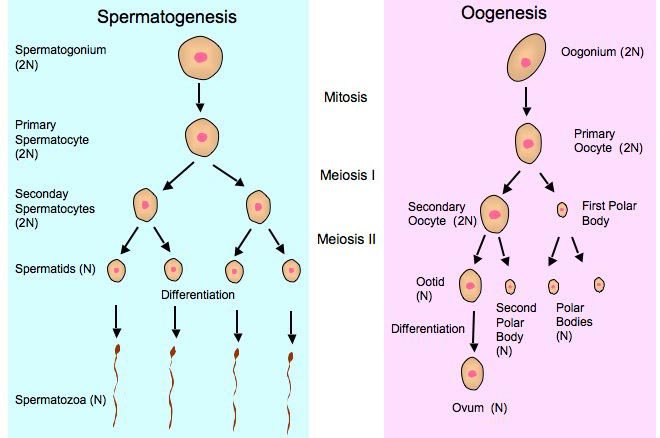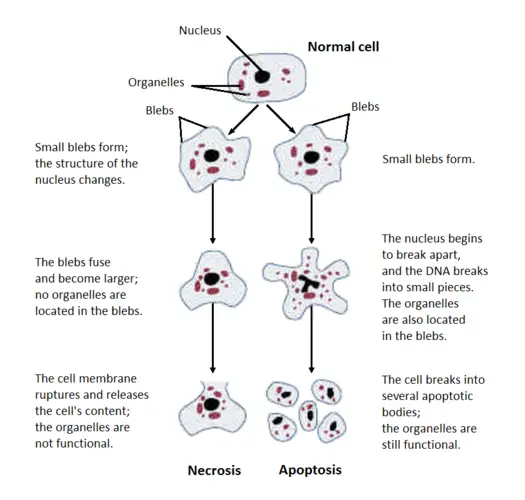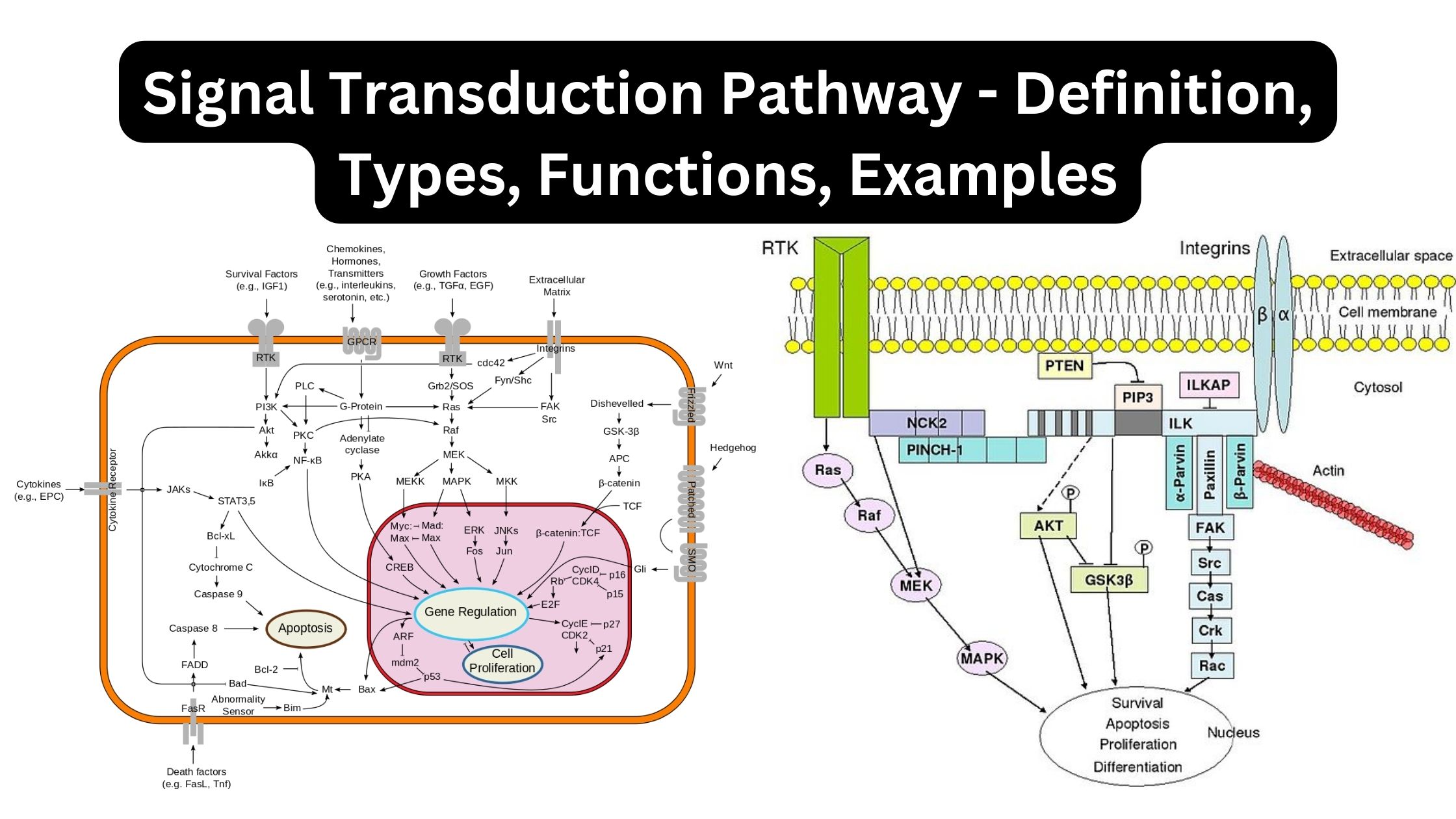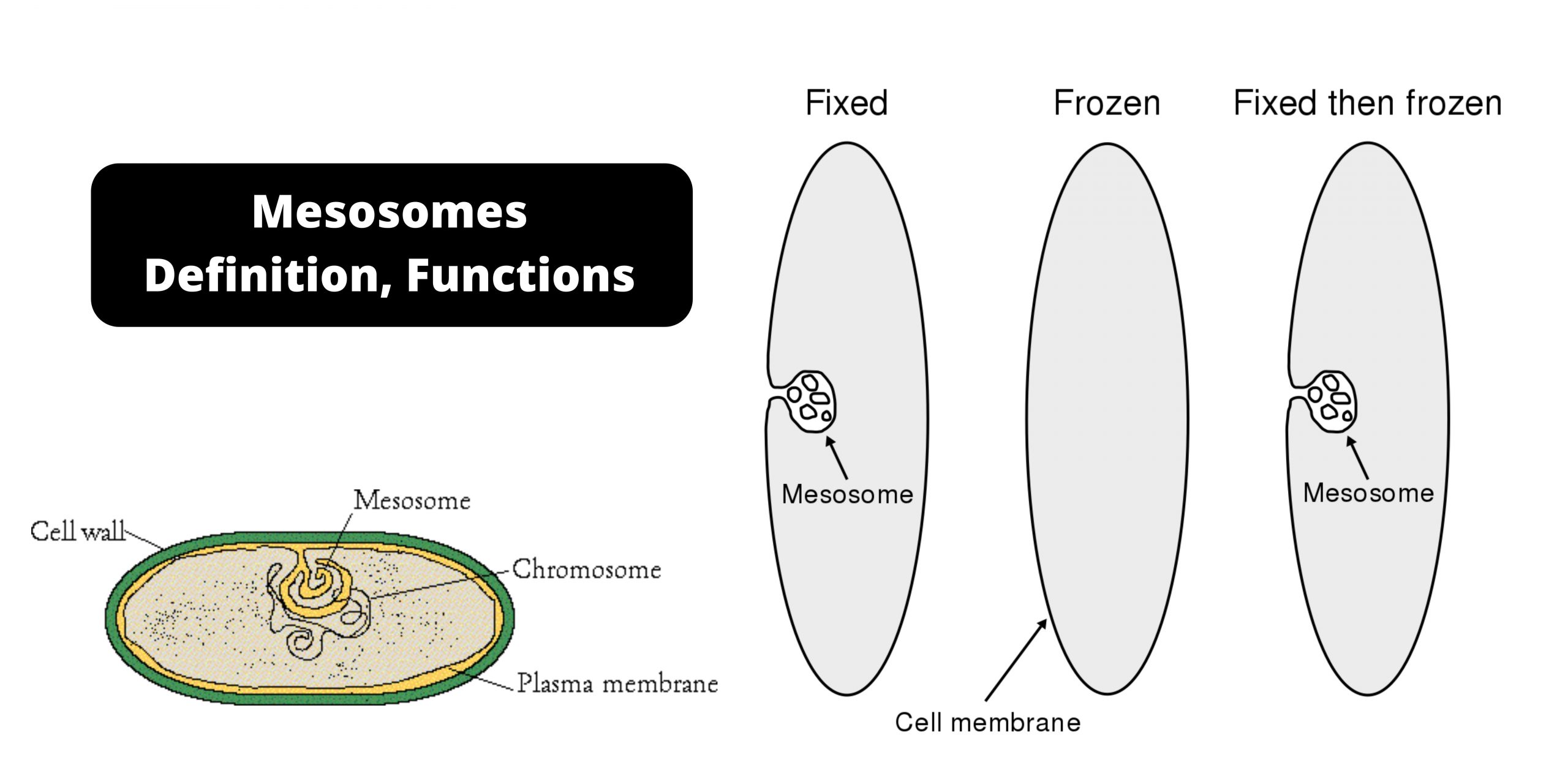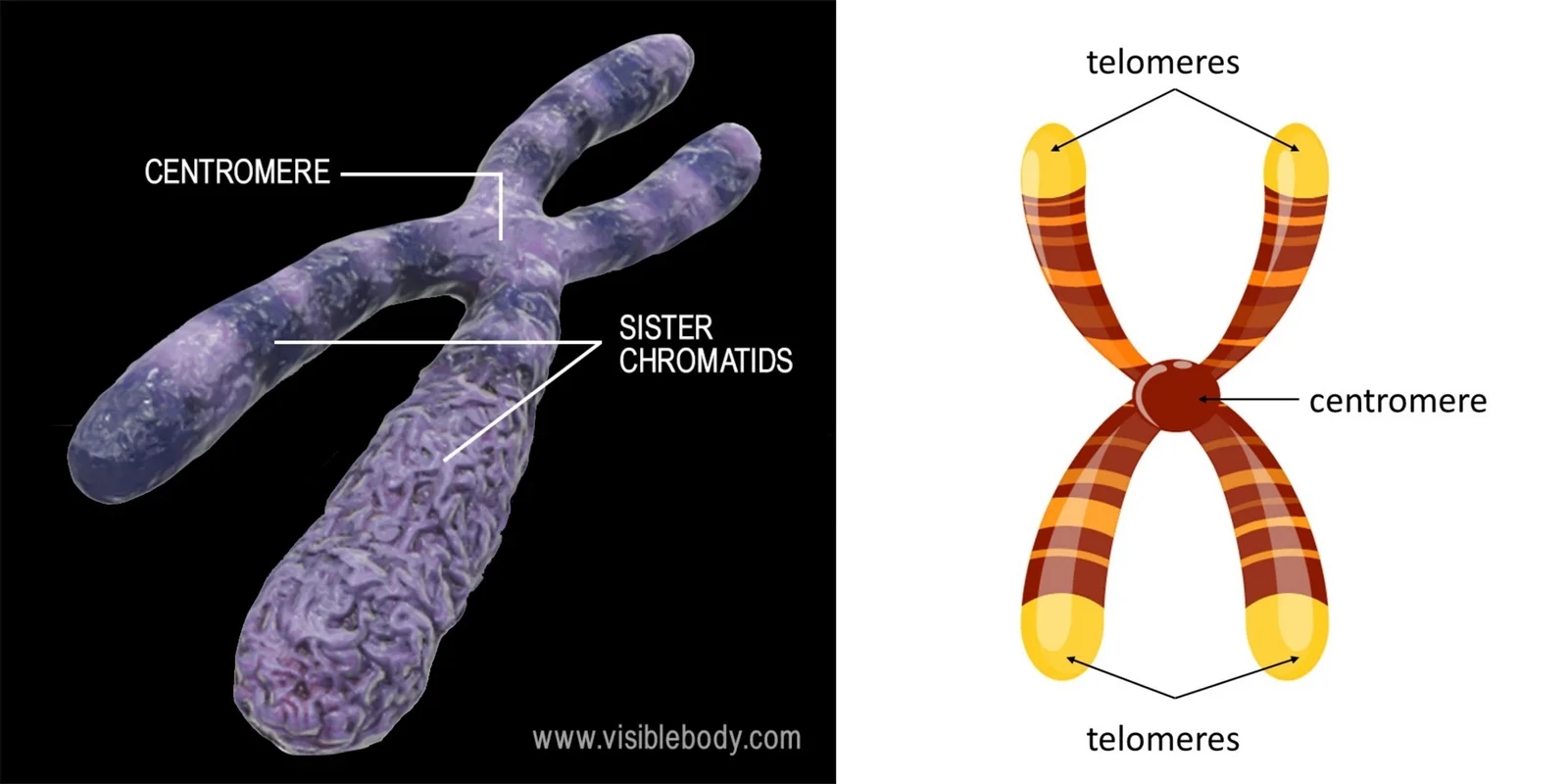Gametogenesis – Definition, Types, Steps
What is gametogenesis? Gametogenesis Definition Gametogenesis is the biological process through which precursor cells undergo cell division and differentiation to form mature sex cells or gametes. Spermatogenesis 1. Formation of Spermatids Primary germinal cells or primordial cells refer to the male germinal cells that create sperm. The primordial cells undergo the following three steps in … Read more
